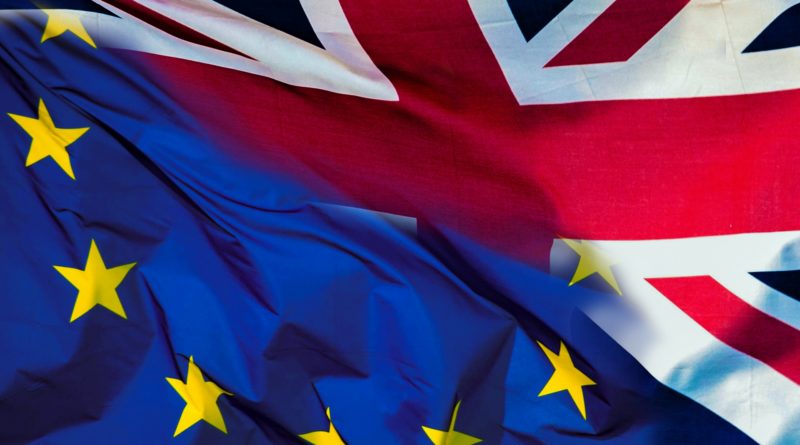Brexit and Britain’s Future
Last June, U.K. voters elected, by referendum (commonly known as Brexit), to end their 43-year long relationship with the European Union (the “E.U.”). As Americans adjust to their new president, our friends across the pond prepare for Brexit.
The referendum passed with just under 52% of the vote in favor, but the timetable on when Brexit will take place is still unclear. The democratic process has shown itself to be alive and well after the Brexit vote, but the next steps and timetable as to when the UK will be single and ready to mingle still need to be hammered out.
The road to Brexit, which started out being paved by emotions and a bluff called by then Prime Minister David Cameron, is now causing quite the headache for Prime Minister Theresa May.
Originally, Prime Minister May had hoped to circumvent Parliament by invoking the Lisbon Treaty (a.k.a. Article 50), which outlines the framework for the U.K. to leave the E.U. According to Article 50, the exiting state must notify the European Council of its intent in order for formal negotiations of a withdrawal agreement can begin. May’s Brexit plan called for her to invoke Article 50, herself, by the end of March 2017, which would have the U.K. out of the E.U. by 2019.
The U.K. Supreme Court ruled earlier this week, 8-3, that Article 50 can only be triggered by way of an Act of Parliament. The majority found that enacting Article 50 was a permanent act and would have a legal impact on its citizens and, therefore, Parliament must vote to enact Article 50 in order for the U.K. to leave the E.U.
Overall, supporters of the referendum fear Brexit could take years and that those in Parliament who were against Britain’s exit from the European Union could actively work against a smooth transition, ultimately dragging it out in negotiations. As with most referendums and democracy, the only thing standing in the way of Brexit becoming a reality are the negotiations and the voting process of Parliament. Pushback is expected in the House of Lords, but only enough to delay it, if at all.
Once enacted, the clock will begin ticking on a two-year deadline for Britain and the E.U. to figure out what their relationship will look like. At the end of two years, all E.U. laws and treaties will be terminated if a deal is not struck. For some, the thought of Brexit jeopardizes Britain on the world’s stage; for others, it’s the beginning of a new world filled with opportunities outside of the E.U.
Given the fact that Parliament has the final vote on whether they will swipe right on the final deal negotiated with the E.U. makes Prime Minister May’s job a bit more difficult. While the referendum was considered polarizing, much like last year’s presidential elections with Trump and Clinton as the voters’ choices, Brexit may take longer to enact, but will not be nearly as divisive.
Like most good leaders, Prime Minister May is already looking ahead to invigorate a sluggish economy. May has made it clear that once the U.K. and the E.U. part ways, the U.K. would not remain part of the E.U.’s single market. On Friday, Prime Minister May met with Trump, which caused speculation about Britain getting cozy with America as a safety net ahead of Brexit. May’s meeting with Trump signifies that the Prime Minister is looking for an alternate route in terms of a trade agreement.
With President Trump pulling the plug on the Trans-Pacific Partnership, there is definitely room for new deals to be made. However, President Trump has been upfront in that his focus is America first. Where Britain and Prime Minister May fit into this equation might not be where they had hoped. In other words, if Prime Minister May is playing the long game and looking ahead of Brexit, there is an opportunity to strike a deal with President Trump to open the proverbial trade doors to enable a bump in Britain’s economy, as well as the resuscitation the British Pound, but she should not expect the deal to be made overnight or without concessions on Britain’s part.

